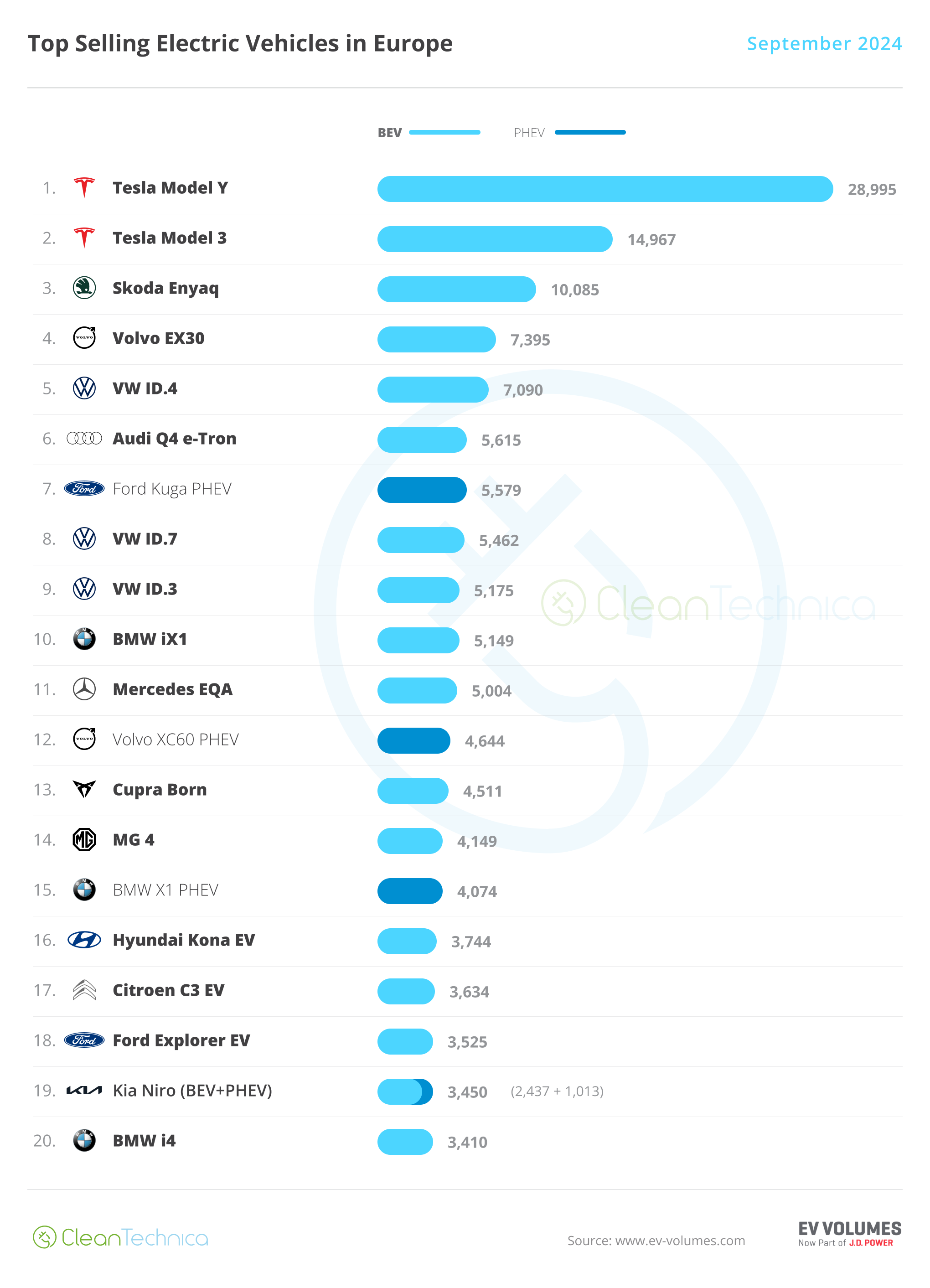Sign up for daily news updates from CleanTechnica on email. Or follow us on Google News!
For generations, America’s farmers have used the sun to provide for their communities and support the growth of the country. Today, with the help of solar and storage technologies, agricultural communities are delivering both the food that powers our bodies and the clean energy that powers our economy.
The combination of agriculture and solar energy is known as agrivoltaics and is one of the fastest-growing applications of solar today. The National Renewable Energy Laboratory estimates that there are currently 2.8 GW of agrivoltaic sites in the U.S., with more projects coming online every week.
While some still believe solar development competes with agriculture, many communities are demonstrating just how mutually beneficial solar can be to America’s farmlands and local economies.
A Better Bottom Line
Solar is a crucial part of the economics for many farming operations.
Smaller residential solar arrays, owned by the landowner, can significantly reduce the electricity bills of a farm, often covering the electricity needs of barns, warehouses, equipment, and the household.
Michigan State University found that a 10 kilowatt (kW) solar system could save the average farm about $1,880 per year. Other farms, like dairy farms, have a more energy intensive operation and the same 10 kW system could save a dairy farm nearly $4,000 per year. Combined with federal incentives and USDA rural energy programs, farms can save even more on upfront costs.
Alternatively, farmers can lease part of their land to a utility-scale solar project and receive passive, guaranteed income all year round.
For family farms operating on thin margins, this income can be vital.

Photo Courtesy of Lightsource bp.
Lightsource bp’s Elm Branch and Briar Creek solar projects in Texas delivered two new revenue streams to local farmers. The first was in the form of lease payments. The second was a grazing contract for the farmers’ more than 1,000 sheep. These sheep now control the growth of grass on the site and stay cool under the shade of the panels.
Co-location Benefits
Farmers are also co-locating their crops and solar arrays to enhance their agricultural production and promote biodiversity.
Solar arrays keep crops cool, creating shade beneath their panels that can protect plants from extreme heat. This leads to better crop yields and helps states maintain food production levels.
Some high-value crops like broccoli, leafy greens, peppers, strawberries, and blueberries thrive in reduced light conditions. One study found that cherry tomato production doubled under solar panels and water efficiency was 65% greater.
Solar also provides an ideal environment for pollinators and microbiomes that support the long-term health of the land. Retrofitting more solar farms to accommodate pollinators could save farmers millions of dollars every year.
Preserving Water Resources
The shade from solar panels can also help farmers conserve limited water resources.
As temperatures climb, solar panels can provide overhead protection for crops, livestock, and agricultural workers, helping to reduce water evaporation and consumption.
Farmers also use freshwater reservoirs to help with irrigation and solar farms can now float on top of them. These systems, known as floatovoltaics, could save up to 5.5 trillion gallons of water each year if just 30% of freshwater reservoirs in the U.S. were covered by solar panels.
From tomato fields in the Central Valley to ranches on the Great Plains, agricultural communities of all shapes and sizes are using solar to save money and boost production. As agrivoltaics grows in popularity, farmers will continue to play a vital role in feeding — and powering — America’s growth.
Courtesy of SEIA Comms Team.
Have a tip for CleanTechnica? Want to advertise? Want to suggest a guest for our CleanTech Talk podcast? Contact us here.
EV Obsession Daily!
I don’t like paywalls. You don’t like paywalls. Who likes paywalls? Here at CleanTechnica, we implemented a limited paywall for a while, but it always felt wrong — and it was always tough to decide what we should put behind there. In theory, your most exclusive and best content goes behind a paywall. But then fewer people read it!! So, we’ve decided to completely nix paywalls here at CleanTechnica. But…
Thank you!
Community Solar Benefits & Growth
CleanTechnica uses affiliate links. See our policy here.




